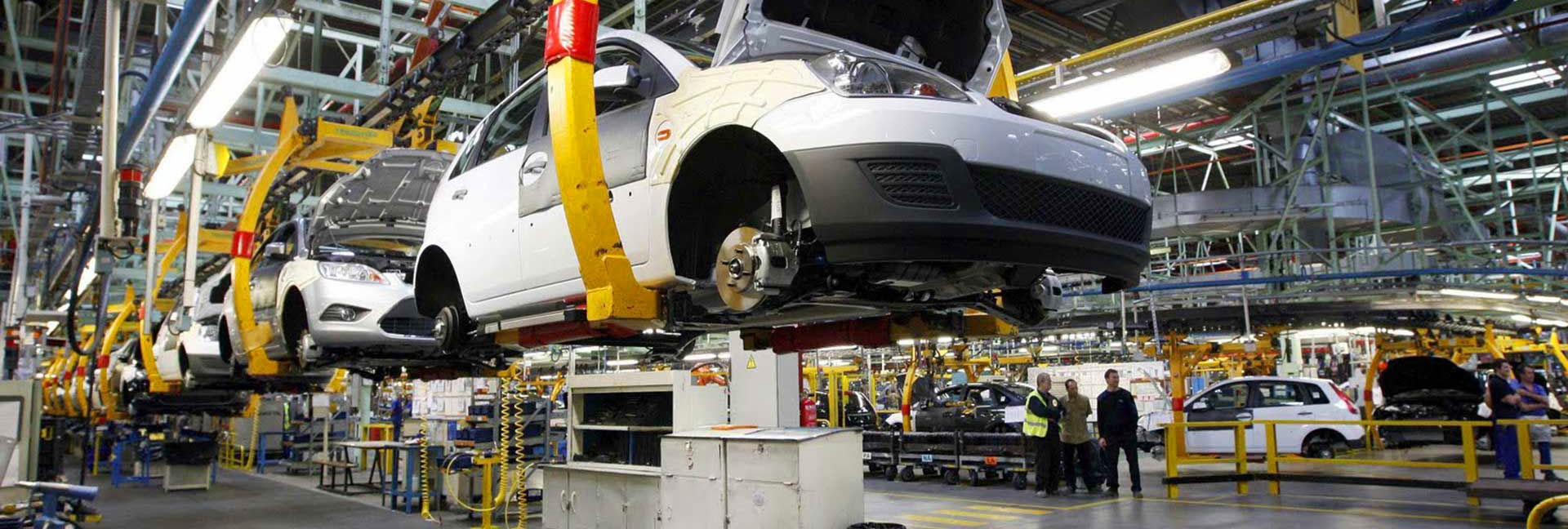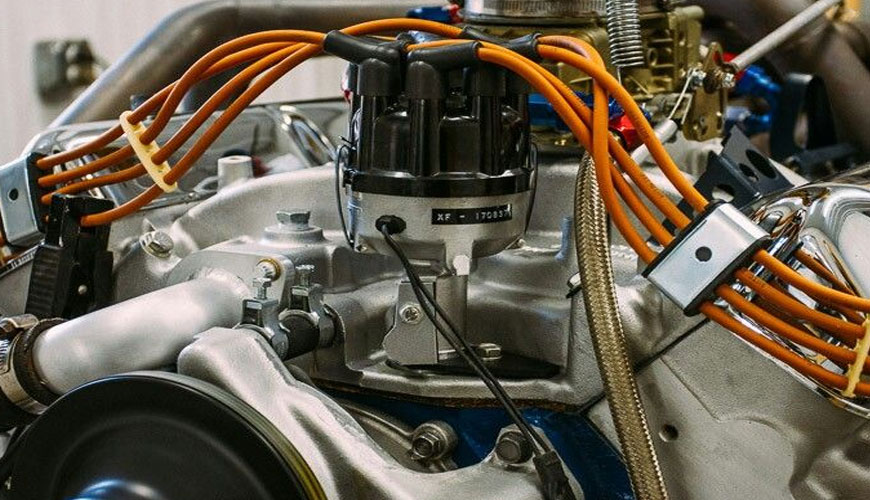

In the MBN LV 112-3 standard developed by Mercedes Benz Company, the requirements for determining the current carrying capacity of electrical cables used in motor vehicles are explained and test methods are defined.

Copper and aluminum are the most popular types of automotive cable materials. The difference between the two is that copper is more conductive and flexible than aluminum cable and less likely to corrode. However, copper cable is heavier and more prone to price fluctuations. Aluminum, on the other hand, is lighter and more economical, but less durable and likely to corrode or develop greater electrical resistance over time.
Ampere is the total amount of electricity flowing through the cable. Knowing the current rating of each cable is important because overloading a cable is extremely dangerous for both workers and users.
One requirement to note is the cable caliber value. The lower this value, the thicker the wire. As a general rule, the more electricity the cable has to run through, the lower the caliber value should be.
There are two types of connection methods for cables: soldered and solderless. Solderless connections usually use crimped terminals to make connections. Solder can be dangerous as it is hot metal.
The most typical type of cable generally used in automotive application is crossover cable. General-purpose high-temperature automotive cable appears ideal for under-hood automotive wiring applications with difficult-to-fit areas. Such cables are highly resistant to moisture, oil, grease and other harmful solvents. This type of cable works well with standard automotive connections and is prescribed by SAE J1128 for use in engine compartments where high heat resistance is required. The special construction of the cable reinforces the polyethylene insulation for increased durability and resistance to heat and abrasion.
Welding cable is designed to connect welding equipment and grounding. It is a high voltage cable built for flexibility. The battery cable is one of the most important cables in the battery management system, as it provides power and prevents the battery from draining.
Among the numerous test, measurement, analysis and evaluation studies it provides for businesses in various sectors, our organization also provides test services to determine the current rating characteristics of vehicle cables, within the scope of MBN LV 112-3 standard, with its trained and expert staff and advanced technological equipment.
To get an appointment, to get more detailed information or to request an evaluation, you can ask us to fill in our form and reach you.